
If you want to help native animals survive and thrive, convert to a wildlife-friendly garden with local plants.
This article focuses on 10 easy changes to your backyard to make local wildlife stay.
1. Stop using chemicals
2. Plant one or more trees
3. Use local native plants
4. Avoid plastic, cement and concrete in the garden
5. Create natural paths and landscapes
6. Capture water in the garden and stop run-off
7. Turn the lawn into a wealth of microclimates
8. Feed the garden with green ‘waste’
9. Provide extra water
10. Keep pets under control
10 easy changes for a wildlife-friendly garden
Why have pets when you can have multiple local creatures who visit—of their own free will—because they like your garden?
In a wildlife-friendly garden, native animals visit because they like it. These local visitors to your garden will not need feeding when hungry, or need veterinary visits when ill, or require pet accommodation when you travel. They will be just fine if you give them a local native environment where they can find their own food, water and shelter all year round.
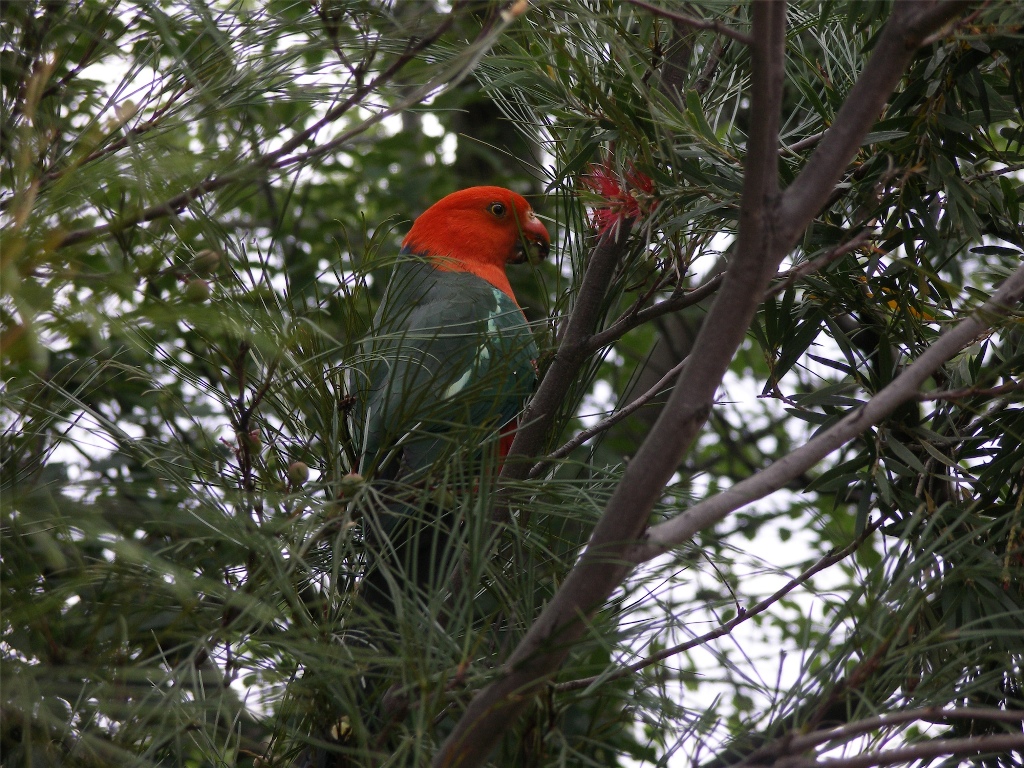
Converting your garden to a wildlife-friendly garden is simple. In fact, it will save watering and bring overall cost of garden maintenance down.
1. Stop using chemicals
Creating a safe natural food chain is the most important step you can take to protect all wild creatures in your garden. It will benefit small to large animals!
Insecticides, herbicides, non-organic fertilisers or snail pellets destroy the native population of insects, snails, plants and other organisms that live in and around the soil.
But, these are the food sources for larger animals! Therefore, if you want wildlife to come to your garden, do not contaminate the food chain with products that harm the smallest organisms in the garden.
Even better, once birds start frequenting your garden, they will help you get rid of pests, so there is no need for any insecticides. Similarly, lizards love to eat snails and slugs and will help remove them.
You can replace weed killers by pulling out weeds by hand. If you do this before weeds flower, you can stop the incremental increase in weeds in your garden quite easily. Stick to this principle, and each year after that you will get less weeds: a small price to pay to get a wildlife-friendly garden.

Paints or other chemicals discarded into the soil will also poison insects, and leach into the local water table. The best solution is to discard paints and chemicals at your local tip or recycling place.
2. Plant one or more trees
Trees are an essential part of a wildlife-friendly garden. This is vastly misunderstood. The removal of trees in urban and agricultural areas worldwide has led to many problems, such as heat build-up, reduced fresh air to battle pollution, reduced wildlife, increased salinity of the soil.
It is high time we all help turn around this urban landscape deterioration. By planting just one tree in your garden, you can make a vast difference.
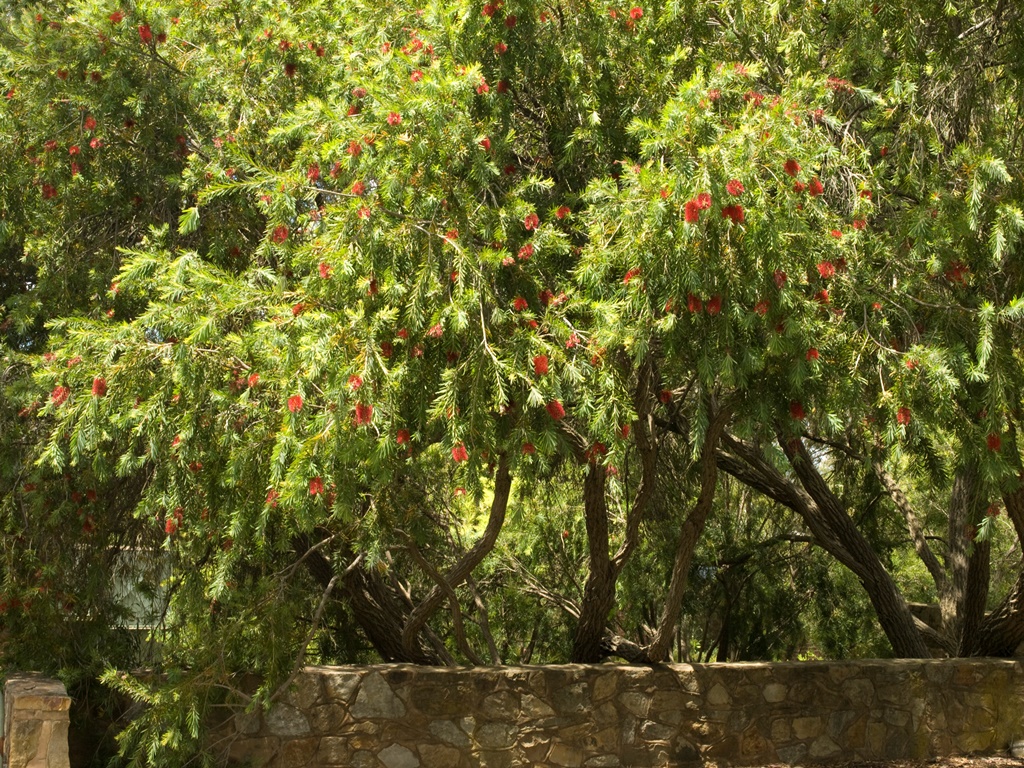
What are the advantages of planting trees?
- In one year a mature tree can remove 22 kilograms of carbon dioxide from the atmosphere, and in exchange release oxygen (source: European environment Agency).
- Trees purify the air around you. They remove sulfur dioxide (released when burning fossil fuels such as coal, oil and natural gas), remove nitrogen oxide (released in car exhausts), and remove small particles released by diesel engines and during bush fires.
- Trees create shade. This shade will reduce heat in summer, not only in the garden but also in your house, as the canopy shades windows, roofs and walls. A tree-lined street can reduce the area temperature by 10 degrees on hot summer days!
- Trees create micro-climates. Micro-climates are small differences in ‘climate’ that happen because the temperature, moisture, light, and sun exposure change depending on the spot in and around the tree. This means the tree provides a variety of different micro-climates around itself. The more variety in micro-climates in your garden, the more it will resemble a natural environment, and the more organisms and animals will be attracted. Insects, lizards and other creatuires living in and around the tree will find the micro-climate where they want to live among the leaves, bark or roots.

- Trees provide a variety of food. This food includes leaves, flowers, nectar, fruits, and seeds. Insects will choose the leaves they like. Birds will find the insects they like, the flowers they like, the fruits they like, the nest building materials they like. Possums will eat the leaves they like, the fruits they like.
- Trees feed the soil around it. They will lose leaves, even if they are not deciduous, and these leaves will cover your soil like a thin mulch. Over time, this layer builds up and can reduce moisture evaporation from the soil in hot summers. Leaves will eventually break down into the soil, helped by insects, mushrooms and other fungi. Once broken down, leaves and dead branches become food for surrounding plants.
- Trees provide a place to live, hang out or seek protection for many creatures in the garden. For example, nest building spots and perches for birds, nooks and crannies for many insects, night-time forage locations for possums, and sleeping spots for birds.

3. Use local native plants
Each region of Australia has its own native plants suitable to grow in your wildlife-friendly garden. The advantage of planting local natives is that these plants are most adapted to your local climate and rainfall. These plants will also be most suitable for local wildlife, as plants and animals evolved together over many hundreds of years to create balanced ecosystems. This is a real bonus you can use in developing your wildlife-friendly garden!
These links provide a summary of sites where you can select plants for your region:
Local plants provide food, shelter, and homes
The reasons why local wildlife will prefer a garden with local plants are not always be obvious to you, but you will notice the difference!
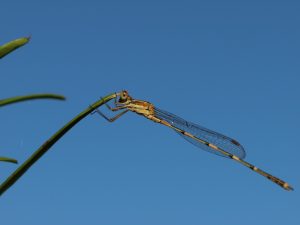
When we bought our suburban house in Canberra, the garden was full of introduced plants. As a result, the garden was home to lots of sparrows and Indian minas (both introduced and not native to Australia), but very few native birds. Now, after more than 20 years of replacing introduced plants with natives, we see a complete change in wildlife. We have many honey-eaters that enjoy the nectar plants; a variety of local parrots that nibble pods and seeds in summer; currawongs and choughs all year round who dig the mulch for insects and turn over the soil for us; wrens and pardalotes that hunt for insects while enjoying the protection of dense bushes in autumn. There are frogs in the pond, and skinks and blue-tongue lizards that scatter around among the rocks and warm up in the morning sun during spring and autumn.
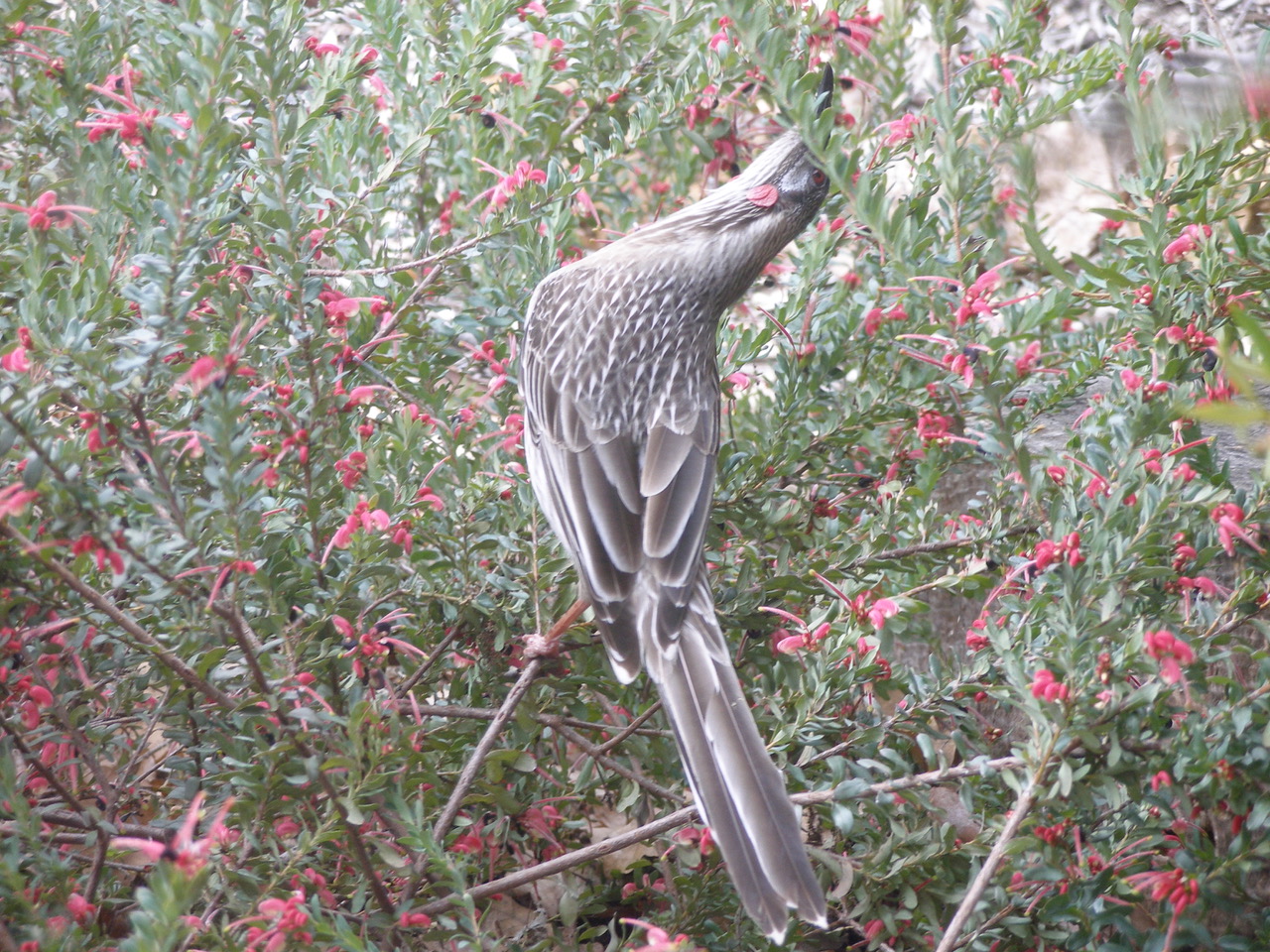
Food plants that provide nectar, seeds, berries will be very important to attract birds to the garden. Nectar plants include eucalypts, bottle brushes, kangaroo paws, eremophilas, correas, croweas, grevilleas and banksias. Seed plants include wattles (see also how to grow wattle trees from seed), hakeas and eucalypts. Berry plants include figs and lilypillies.
However, do not forget that dense and thorny plants are also essential, as these provide protection and nesting shelter, especially for small birds.
The book Birdscaping Australian Gardens is also a great resource for selecting plants that will specifically attract birds to your garden.
4. Avoid plastic, cement and concrete in the garden
Plastic sheets, weed-mats and artificial grass will break down into microplastics through sunlight exposure or wear and tear. Microplastics are small pieces of plastic, less than 5 mm (0.2 inch) in length, that occur in the environment as a consequence of plastic pollution.
Sooner or later, these microplastics will end up in the food chain or get deposited into the water cycle through run-off. This means they will come back as hazards to people in the long run, as we have now found out! By removing these plastics from the garden, you will avoid contributing to the already massive amount of microplastics that ends up in our rivers and oceans.
Building rubble and cement create an unnatural alkaline environment for the surrounding soil. This upsets the soil organisms and creates yet another reason for wildlife to avoid your garden. Therefore, remove all building and cement rubble, and take it to the local tip or recycling place. A healthy soil ensures a thriving garden!
Concrete driveways and paths may look great, but they push all your scarce rain water quickly into the stormwater drains instead of helping to retain the water in the soil. Concrete also absorbs lots of heat in summer, increasing the temperature around your house and garden. See section 5 on how to create natural paths.
5. Create natural paths and landscapes
The best cover for paths and beds is a natural material. A natural path will look good and imitate nature as best as possible.
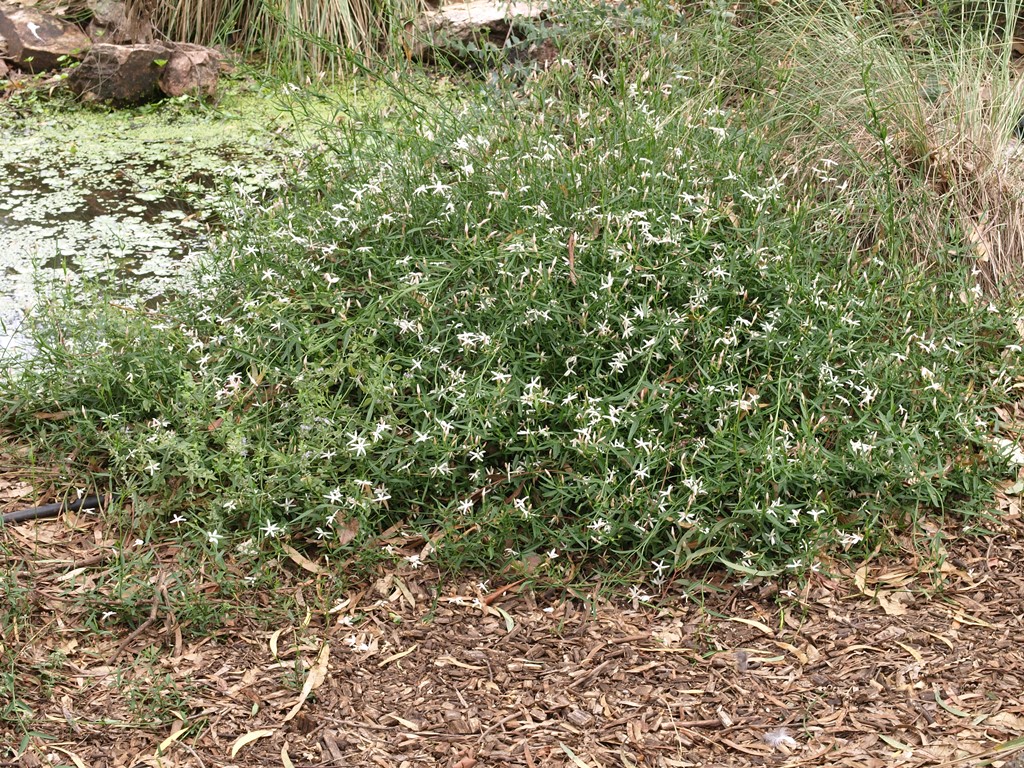
You can create a natural path using mulch, gravel or crushed granite, flagstones, or any other natural cover that will not stop rainwater penetrating into the soil. These natural covers allow the soil below to absorb water quickly when it rains without making the path muddy or making rain run off into the stormwater drain. Natural path covers will also reduce evaporation on very hot days.
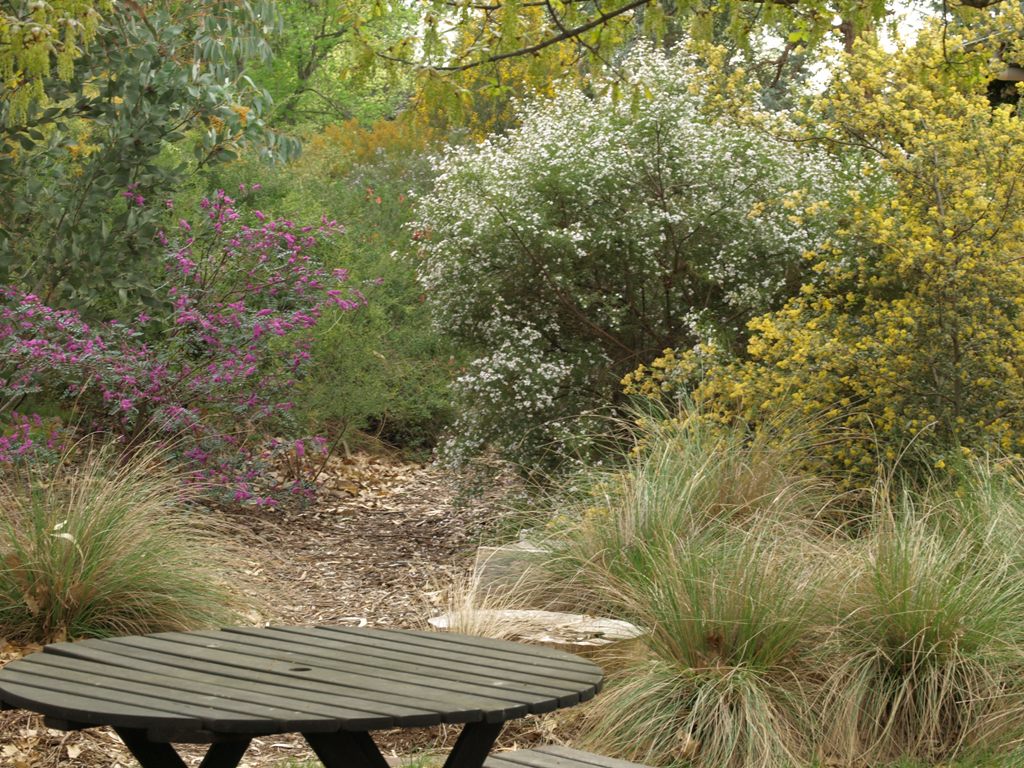
A mulched path will retain more moisture in the top layers of the soil while still slowing evaporation below the layer of mulch. The mulch will slowly break down into compost and feed the soil below. This provides extra nutrients to the roots of the surrounding plants.
A flagstone path with mulch in between allows good rain penetration in between the flagstones, while the mulch provides some additional food for the soil. However, the combination of these two covers will create additional microclimates in the garden. For example small plants, mosses or lichens can grow easier along the flagstone edges, and will attract different insects than a gravel or mulch path will.
A crushed granite path will also reduce evaporation and allow good rain penetration.
By combining a natural curving path with swales (see section 6), rock walls, and uneven ground levels in the garden, you can create a wide diversity of microclimates in the garden.
6. Capture water in the garden and stop run-off
Many places in Australia suffer from drought. If your garden is in an area that has long periods of dry weather, it is very important to try and capture as much water as possible. Retention of moisture in the soil is very beneficial to a wildlife-friendly garden.
A swale is a drainage channel that will capture, and at the same time drain, run-off water from your block. The advantage of a swale is that it allows water to penetrate into the ground instead of immediately running into the stormwater drain.
To create a swale, dig out a channel in the soil (for example, where you will create a path). Fill up this channel with small pebbles or rocks, then cover it with mulch, gravel, flagstones or crushed granite to create the path. You can also dig the swale next to the path (see image). Make sure the swale ends at the stormwater drain.
Even when rain brings a lot of water to your garden in a short time, for example from running down the slope of a neighbouring block, a swale can slow down run-off. By making the swale descend much slower than the slope—for example by making it wind and bend across the slope rather than following the slope—much more water will penetrate the ground. Water that does not penetrate the soil will flow down the slope through the gaps between the stones and get absorbed further down. Only when there is too much water, will excess water flow into the stormwater drain at the end of the swale.
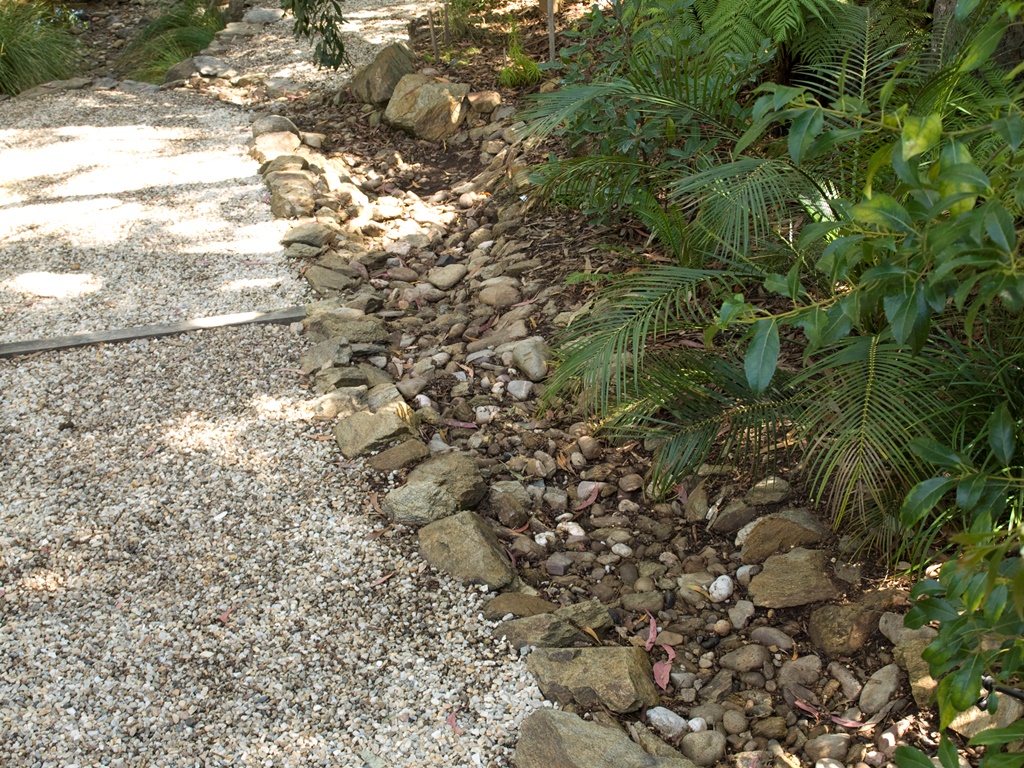
If you make slow-winding swales that criss-cross your garden, the whole garden can benefit from heavy stormwater without your block getting flooded. You could even create a pond to capture water at the end of this winding swale.
Even non-sloping gardens can benefit from a swale. For example, on a level block, you can dig a swale parallel to the road on the nature strip. This swale stops run-off into the gutter at the edge of the block along the road. When it rains, water runs along the edges of the block, and waters the street trees and any small shrubs planted in between. At the end of the block, any excess water that has not soaked in can still flow from the swale into the gutter.
Last, but not least, install a rainwater tank! Without a tank, rain that falls on your roof, goes into the gutters, into the rainwater piping system, and into the stormwater drain. It is lost to the garden forever. During the next dry period, you will need to water your garden using mains water—water that was specially treated to be suitable as drinking water… A very inefficient and expensive way to water the garden!

7. Turn the lawn into a wealth of microclimates
The more microclimates in your garden, the more organisms will find a home (see also section 2). A wildlife-friendly garden needs variety and many different microclimates.
Lawns have very little variety; they are monocultures of grass representing only one microclimate. This is why lawns do not attract much wildlife. Lawns are also very thirsty and need to be mowed regularly. In a changing Australian climate that will only get hotter in summer, lawns will soon become too hard to maintain in most regions.
Replacing the lawn with a wide variety of plants can help dramatically increase the number of microclimates in your garden.
After removing the lawn, plot a winding path through the old lawn area. Along this path, plant perennial herbs or small shrubs. Then, plant some larger bushes behind the smaller ones away from the path.
Away from the house, you can also add tall shrubs and trees. Water all plants thoroughly and also water in between the plantings. Then throw thick layers of mulch in between your new plantings. Keep watering this newly established garden regularly for the first few months so plants can establish.
Use as many local native plants as you can find (see section 3). These should be happy with local rainfall and will only need occasional extra water after a few months of establishing.
By introducing a variety of herbs, small and medium shrubs and trees, you will tenfold the microclimates in your garden and create multiple layers of vegetation. As the plants grow and overlap each other, the number of microclimates will increase even more.
The more microclimates you create in the garden, the more creatures will be attracted to your garden. You can also include a water bath or small pond as a water source (see section 9), add rocks or stone walls, and build small hills or shallow dips.
8. Feed the garden with green ‘waste’
In your wildlife-friendly garden, all those fallen leaves, clippings and branches are valuable. Do not toss them out in the green waste bin! Instead, compost or mulch them, spread them over the soil in between plants, or use them as path borders.
Even the weeds you pull out (providing they are not in seed) can be added to the compost heap and used to feed the garden when broken down.
Small branches can be broken into mulch-size parts by hand and spread in between the plants. Leaves can also be piled on top of the mulch. They will not remain very long! Most of this green ‘waste’ will break down and enrich your soil. Even fallen logs can be added to the garden and will create more microclimates.
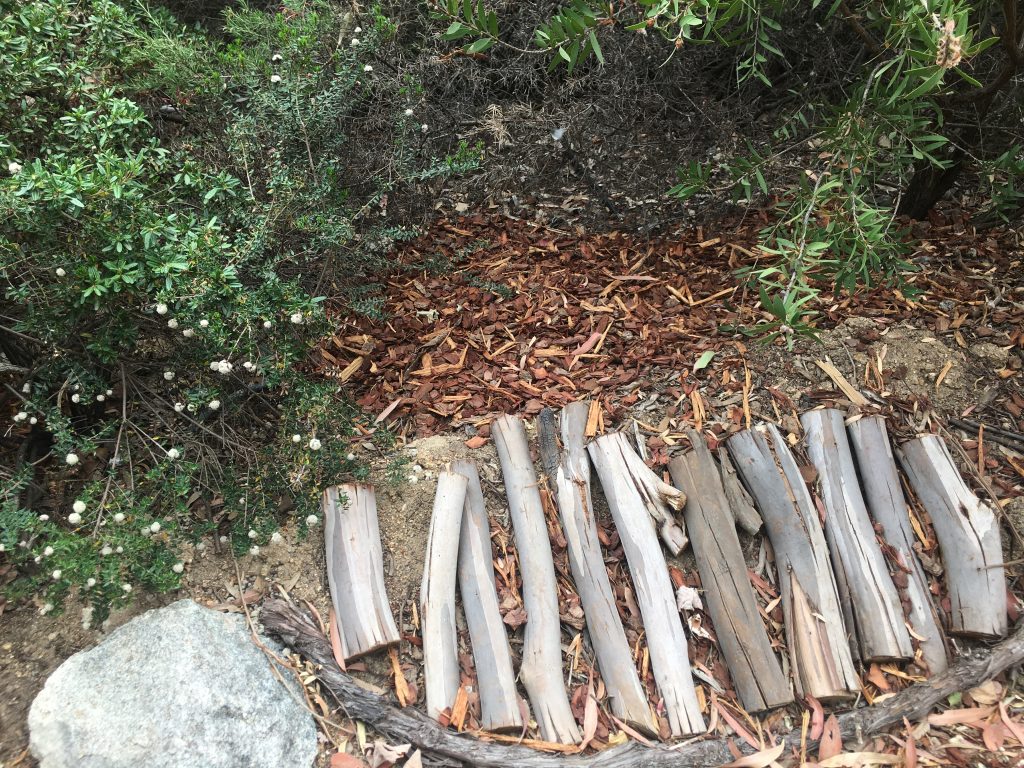
9. Provide extra water
Water is essential for all living creatures on earth and access to water keeps us all alive.
If you are harvesting water from the rain that falls on your garden (as explained in section 6), you are already ensuring maximum water retention in your garden soil. However, that does not provide drinking water for the wildlife in your garden.
A simple birdbath that is refilled regularly can do wonders to attract wildlife and make them stay. Birds learn very quickly and will remember your birdbath if you refill regularly.

If you have a bit more space, a pond in the garden with suitable plantings around it will also create habitat for frogs, lizards and insects such as butterflies and dragonflies. The pond does not have to be large—even a small pond can have a major impact if you keep it filled.
By adding protective plants around the pond, the frogs and insects that live around it can also find shelter nearby. This is key to creating yet more microclimates.
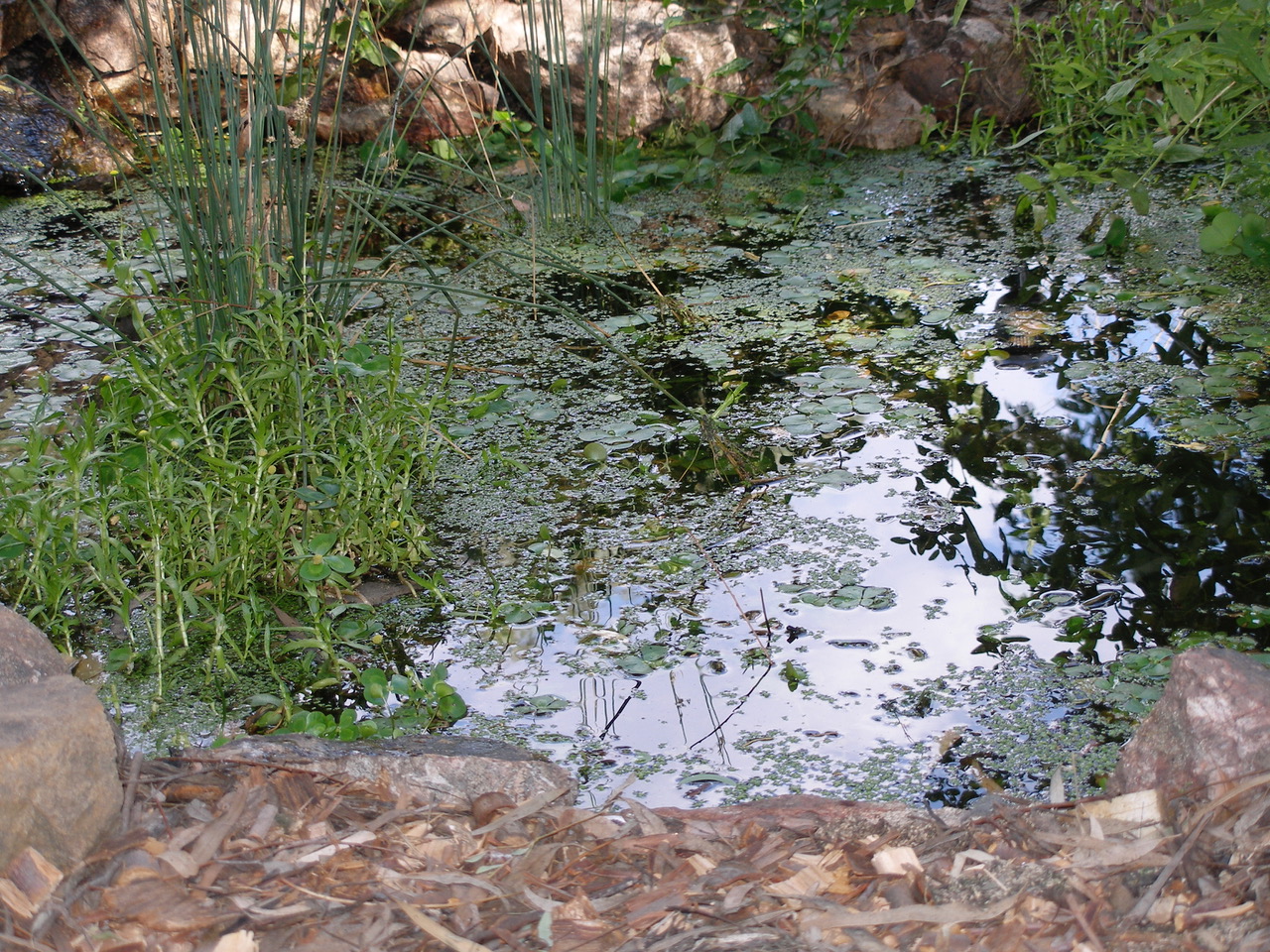
If you have even more space, you can make the pond larger. However, remember that the larger the pond, the more water will evaporate in summer. So it may become harder to fill without using drinking water.
10. Keep pets under control
Pets and local wildlife are not a good combination.
Cats in particular have devastated wildlife all around Australia, from the city to the remotest parts. Cats kill more than a million Australian birds each DAY (source: The Conversation) and 650 million reptiles a year (source: The Conversation).
Always sterilise your cats so they cannot breed with other cats in the area, keep them indoors and use a cage if they need an outdoor area. Many areas are seeing an enormous reduction in local wildlife because of cats. If you have a cat that goes outdoors, it will kill, even if you feed it well or is old. Urban areas already have reduced wildlife, so cats can do even more damage there, killing local birds, lizards and small mammals. In addition, cats roam and will go to neighbouring gardens and reserves.
Dogs also will reduce the chances of wildlife coming to, and especially staying in, your garden. They will chase birds, lizards, echidnas, possums and anything they find interesting, thereby chasing away the wildlife and discouraging them from staying.
Feedback on the wildlife-friendly garden?
I would love to know how you use the information in this article. Do you have any questions? Please let me know in the comment field at the bottom of the page!


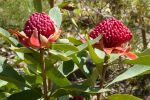

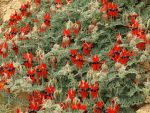

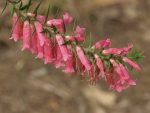
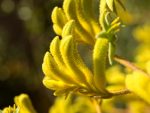

Thankyou, thankyou! I am gardening a sloping stoney block in the BlueMountains. Sometimes it is discouraging and your article let me read all that I am trying to do, sometimes in ignorance, often with joy and success, frequently exhaustion! The information about swales is completely new to me and will supply me with some rereading and thinking how I can go about it here.
I have just collected a bowl of wattle seeds from a weeping wattle… the sulphur crested cockatoos gather the high ones from anotherblue grey wattle elsewhere.
That is great, Kay
So pleased you found some useful information. I also started out by learning from others and finding bits of information everywhere.
Swales are very useful when you want to keep the water on your block. But, of course, it does have to rain! With a changing climate, planning will become more challenging, as we may get long periods of drought and then unexpected big storms with lots of rain in a short time span. So, when building swales, don’t forget to create an overflow system to deal with excess water 🙂
Happy gardening and enjoy the wildlife!